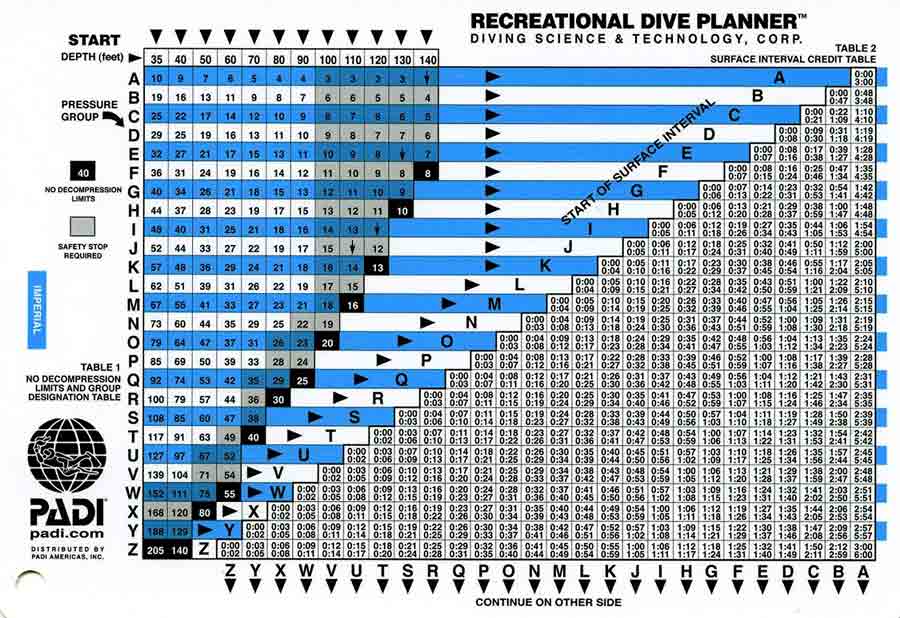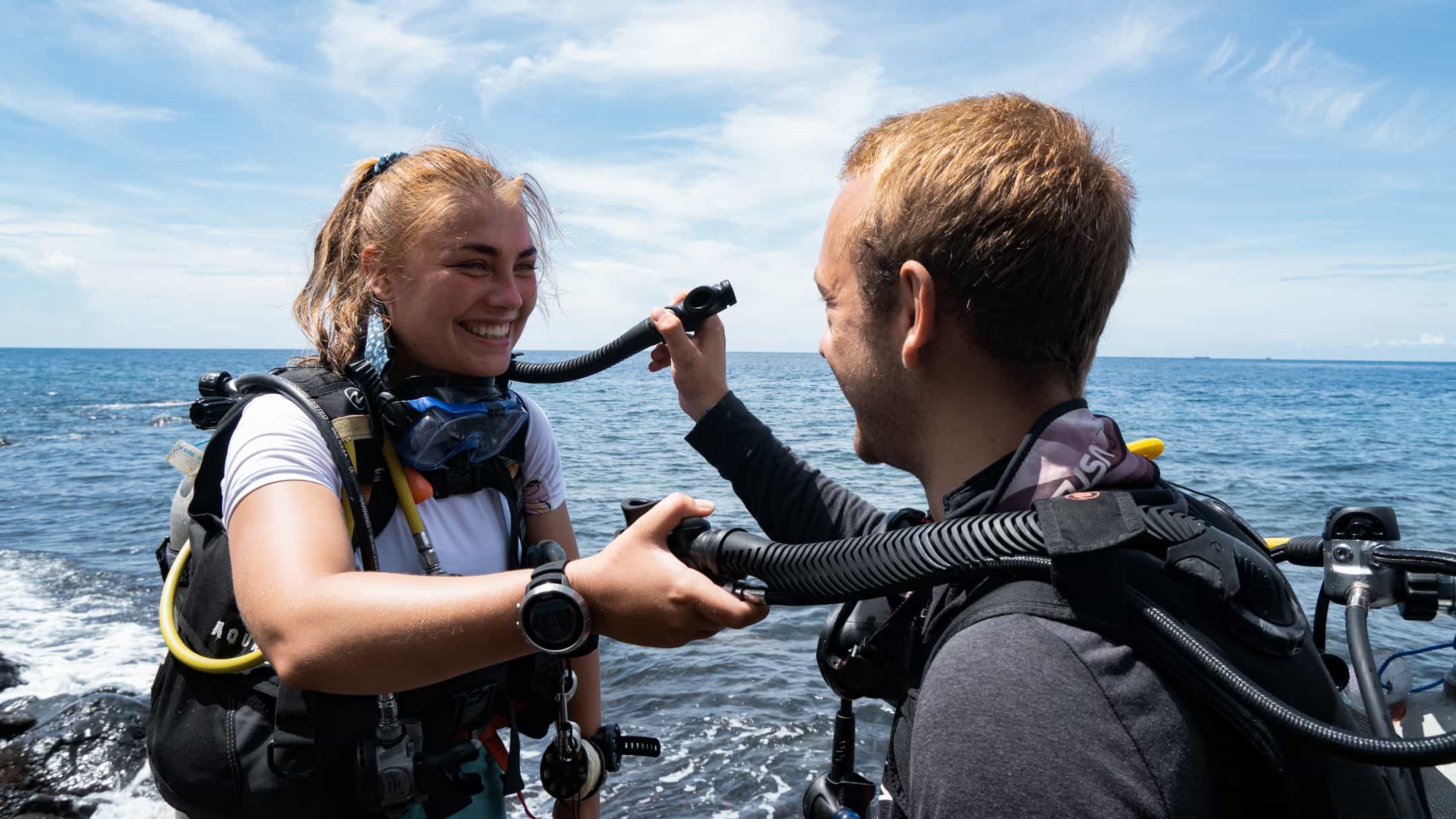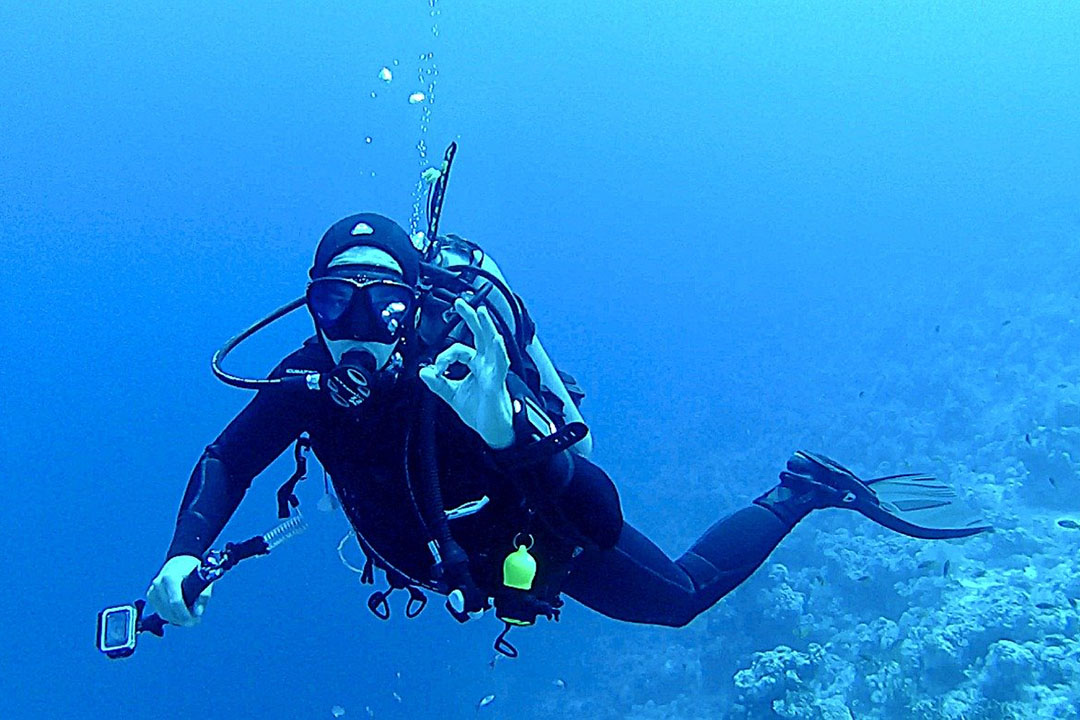Dive tables are carefully formulated charts that provide a wealth of safety data to assist divers venturing into the ocean. They are traditionally printed on booklets or cards, for the diver to refer to before jumping in the water.
These dive tables provide valuable information such as how much time divers are allowed to stay at a specified depth, how deep they can go with the amount of air they are breathing, the interval in which they should resurface and much more. With that information at hand, divers are able to plan out their dives according to their individual parameters, capability, current physical condition and how deep they want to dive.

All of this planning is necessary because there are very real risks associated with diving, and precautions are necessary to prevent decompression sickness (DCS) and the injuries associated with them. The human body, despite being a robust machine has adapted to comfortably manage itself to survive in normal atmospheric pressure on land.
When diving, our bodies are subjected to ambient pressure from the water around us pressing into our bodies. This pressure increases as we go deeper into the water and extends to our inner tissues, arteries and organs. The gasses that divers breathe from their tanks are calibrated under normal atmospheric pressure. So as the diver descends, these gasses dissolve in the bloodstream as a way to equalize the pressure inside their body from the ambient pressure of the water on their skin.
The same process occurs when the diver needs to ascend to the surface. The gasses inside the blood need time to readjust as the diver slowly rises to the surface. This is why the dive table is important, because it allows the divers to time their ascent accordingly to avoid any injuries from decompression. A proper resurfacing will have the diver make decompression stops to eliminate the harmful bubbles in their blood stream.
Historically, dive tables were created by the United State Navy as a safety guideline for their divers. Nowadays, with advancements in technology you can get the same data from a small dive computer that can be worn on the wrist. They’re typically equipped with pressure sensors and timers to safely monitor the diver in real time.
Whether you’re an amateur diver or a seasoned decompression diver, it is important to know the boundaries and guidelines underwater. Experience Bali’s world-renowned underwater world with Blue Season Bali and our professional instructors and courses.



